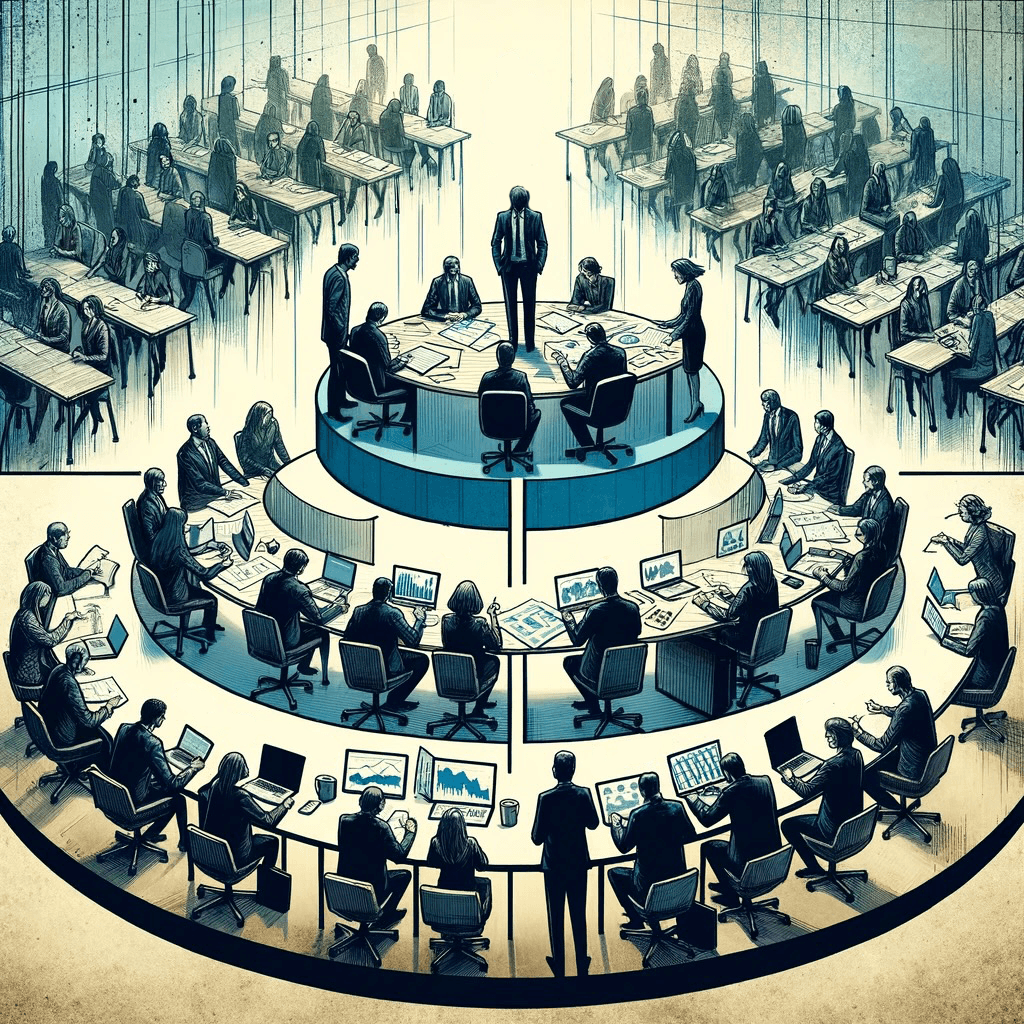TriplingsManagement

I first encountered the concept of the "rule of ones and threes" from a military officer during a teenage visit to Washington DC. This principle offers a framework for organizing military units of various sizes—a concept I find parallels with in the growth of startups.
The Growth of Startups
Startups don't begin with thousands of employees. They start small and expand gradually. Let's examine this growth, marking each point where the team size triples.
Coming from an engineering background, I'll focus on engineering teams, but these ideas are applicable across all teams and the company at large.
Communication as an Example
In a startup, the engineering team might begin as just one person. Communication and processes are incredibly simple at this stage – think something, and the whole team (you) knows it. This is peak efficiency.
As the team expands to three, seated close together, communication remains informal. One person's comment is easily overheard by others. It's a natural evolution, with little need for structured processes.
However, when the team grows to ten, not everyone can hear each other, and even if they could, it would be overwhelming. Noise-cancelling headphones become the norm. This shift necessitates structured communication, like daily stand-up meetings, introducing formal processes.
With a thirty-person team, stand-up meetings become cumbersome and often irrelevant to most participants. It's time to form smaller, focused teams and introduce company-wide chat for both internal and cross-team communication.
At this size, tech leads or managers effectively become a new team, discussing matters with less noise. They face similar challenges as their teams grow, albeit on a different timescale.
As the company expands and hierarchies deepen, there's a need to reintegrate flattened communication channels, such as previously mentioned team and company chat software as well as All Hands meetings.
This pattern of growth and reorganization occurs within specific divisions, like engineering, and across the company as a whole. Sometimes, these triplings overlap in superposition and create additional stresses.
Looking Ahead
Anticipate the tripling. The shift from old to new patterns can be stressful, but not shifting will be worse. Depending on your team's dynamics, you might either get ahead of these changes or wait until the need for them becomes evident. Either way, having a plan is crucial.
Efficiency vs Throughput
Individual efficiency may decrease as the team expands, but the overall throughput increases. This is akin to the shift from developing for single devices to large distributed systems in engineering. You'll encounter more synchronization and overhead, but the outcome is greater overall productivity.